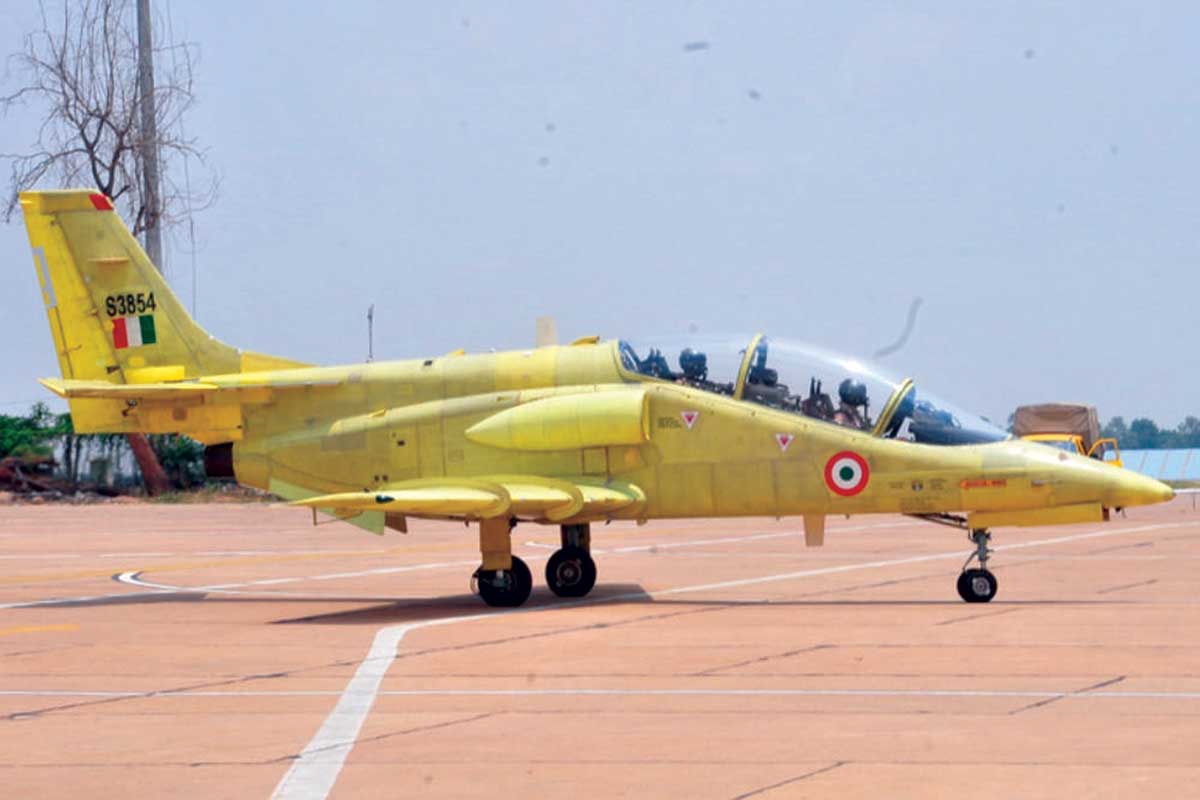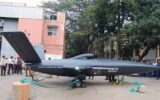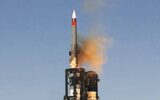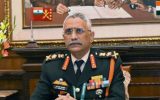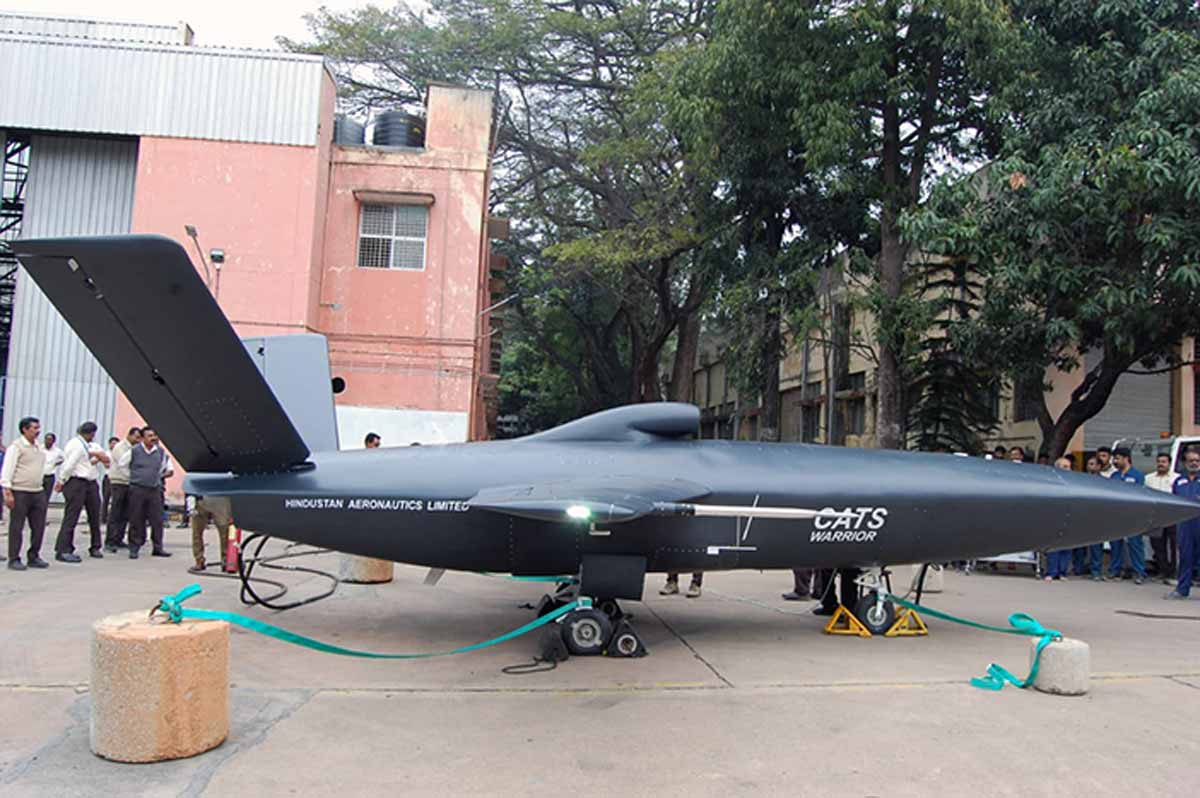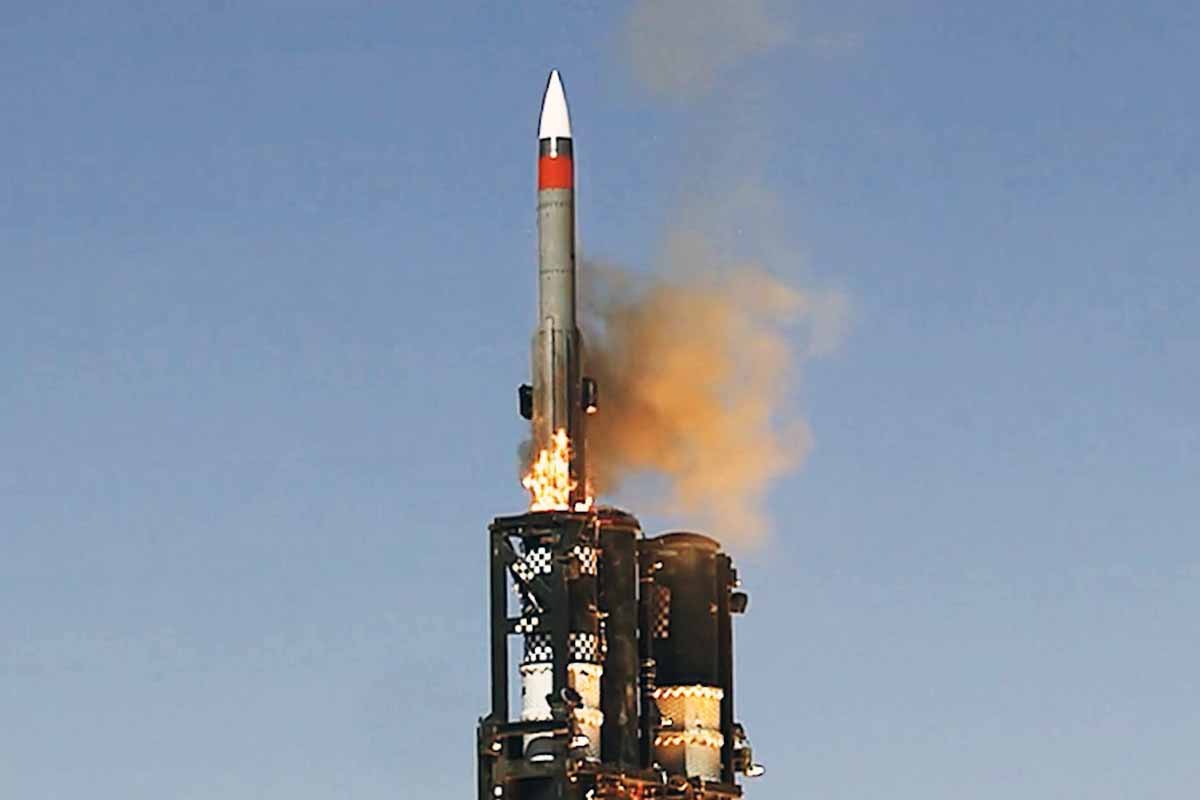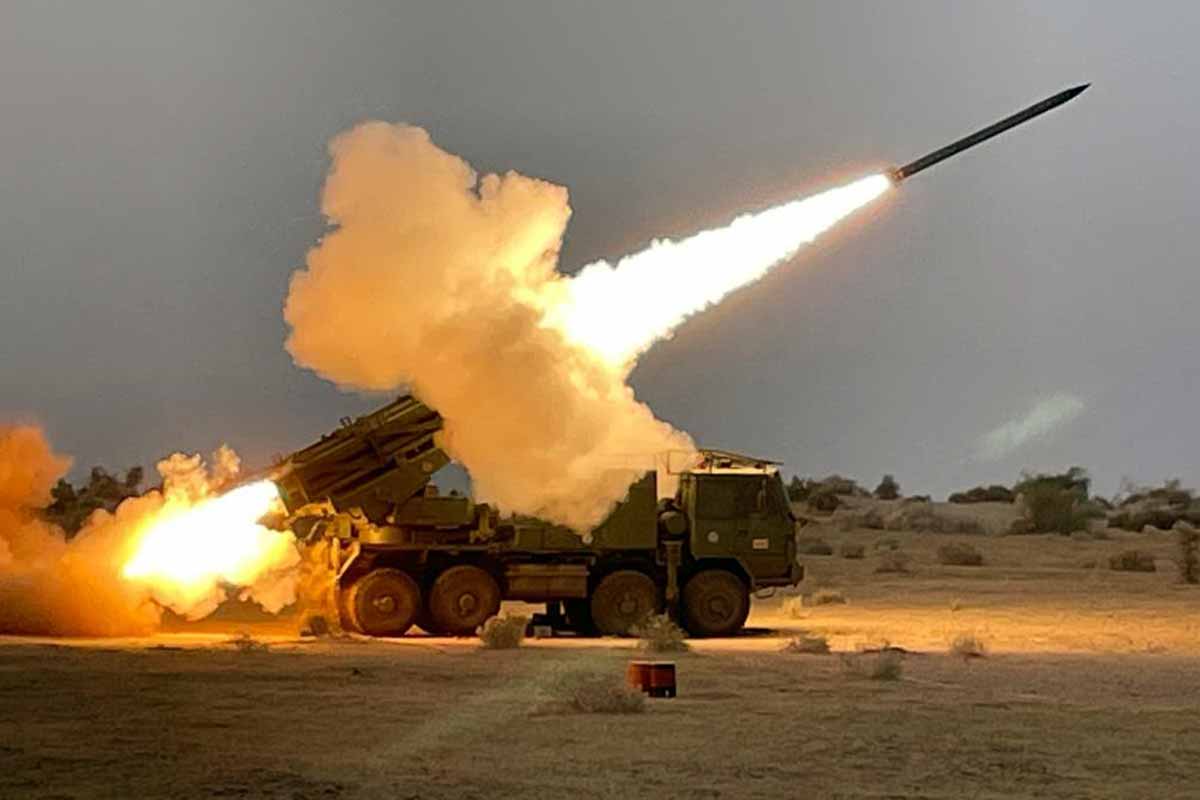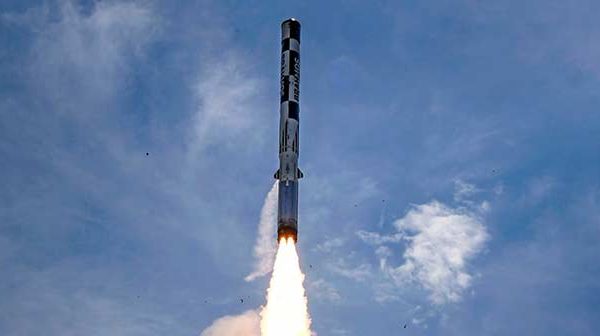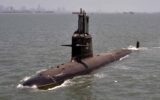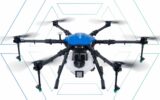Intermediate Jet Trainer six-turn spin: India’s locally developed Intermediate Jet Trainer (IJT), which has been designed and developed by the state owned Hindustan Aeronautics Limited (HAL) for the second stage of training of Indian Air Force pilots, has successfully demonstrated the capability to carry out six turn spins to the left-hand and right-hand sides.
The aircraft was piloted by Group Captain HV Thakur (retd) and Group Captain A Menon (retd).
HAL CMD R Madhavan said if the right kind of resources and backing was given to the company then it was capable of designing any kind of product to meet the requirements of Indian Armed Forces.
Arup Chatterjee, Director (Engineering and R&D) of HAL, said that by demonstrating its capability to have six turn spins on both sides the IJT has achieved a major milestone.
He attributed the success to the synergy between designers, flight operations and certifying agencies (RCMA and DGAQA).
Chatterjee hoped that with the completion of spin certification of HTT-40 and the progress achieved in IJT, HAL will soon have the state-of-the-art trainers for stage I and II training of IAF pilots.
READ: DRDO testfires new stand-off anti-tank missile from IAF helicopter
Intermediate Jet Trainer (IJT)
The IJT was conceived by HAL as a replacement to the ageing Kiran aircraft of the Indian Air Force.
It has already completed demonstration of its capabilities in terms of altitude and speed envelope, load factor, satisfactory stall characteristics and limited armament capability as required by IAF.
Officials said the only task which was pending was spin testing.
In 2016, during the course of spin testing, the aircraft departed from controlled flight which brought the programme to a temporary halt. However, HAL decided to proceed further using its internal resources to complete the critical Spin testing.
The capability to enter and recover from spin is a necessity for a trainer aircraft in order to familiarise the trainee pilot to recognise departure from controlled flight and the actions required to recover from such situations.
Achieving satisfactory characteristics during spin and an assured recovery from spin form a part of very crucial flight tests due to its unpredictability.
READ: DRDO testfires long range Pinaka rockets with new fuse, area denial munition
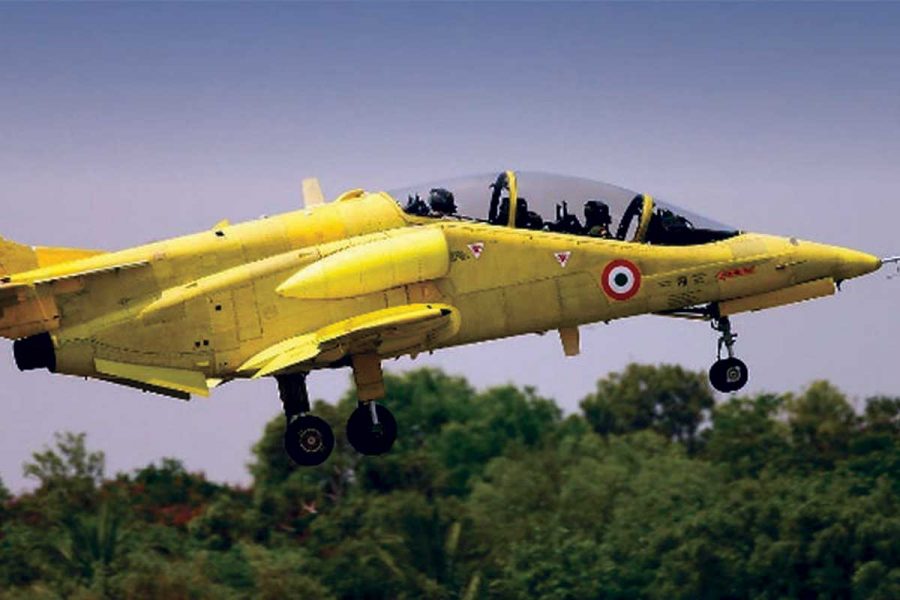
Intermediate Jet Trainer.
Spin flight testing
Officials said the spin flight testing is inherently a high risk maneuver and therefore progresses incrementally turn by turn.
Due to the complex interplay of aerodynamic and inertia forces, the motion of the aircraft in spin is unpredictable and flight testing is the only way to assess the acceptability or otherwise of its characteristics, they said.
The spin flights are carried out in good weather conditions with a team of designers, flight test engineers and safety pilot monitoring the various parameters during the flight and therefore time consuming.
Several flight tests are required to be carried out before 6-turn spin flights are undertaken as well as a number of flights are further required before full spin certification is achieved.
READ: DRDO testfires new vertical launch surface to air missile
New Anti-Spin Parachute System
Subsequent to the temporary halting of flight tests in 2016, the HAL said it undertook major modifications like shifting the vertical tail aft on the airframe and increasing the rudder area and flight testing resumed in April 2019.
These modifications entailed the use of a new Anti-Spin Parachute system (ASPS) which is mandated for the safety of the aircraft and test crew during spin flight testing.
The new ASPS was integrated into the aircraft in July 2020 and the successful streaming of the parachutes were demonstrated in September 2020.
The company said despite the delays due to COVID-19 pandemic, it was able to commence the stall and spin testing of the IJT in its new modified configuration in November 2020.
Wing Commander M Patel (retd) was the test director and Group Captain KK Venugopal (retd) was the safety pilot in command at telemetry.


